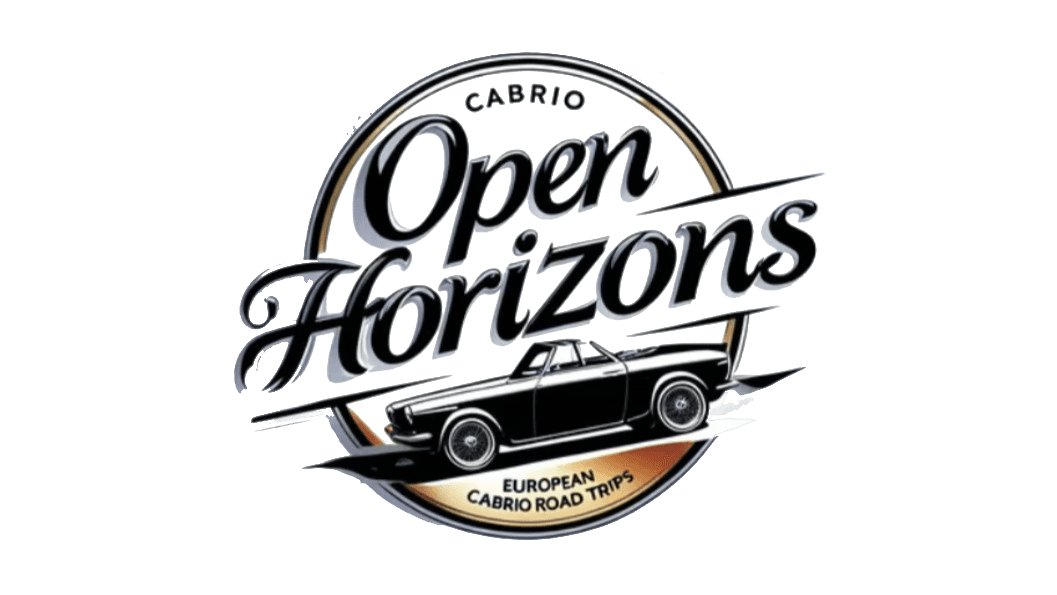Baroque Road SaarPfalz
The Baroque Route SaarPfalz connects some of the most impressive historical sites in Saarland and the adjacent Palatinate.
This convertible route takes you through picturesque landscapes, past magnificent buildings and historical towns that bring the Baroque era to life. Whether it's opulent residences, grand parks, or impressive churches, the Baroque Route SaarPfalz offers a fascinating mix of history, art, and nature.
The approximately 100-kilometer convertible tour can be explored in several stages and offers numerous opportunities for stops to experience the Baroque architecture and the charming surroundings more intensively.
The Stations of the Baroque Route SaarPfalz
Ottweiler – Historical Old Town with Baroque Flair
Ottweiler marks the start of the route and impresses with its lovingly restored old town. Timber-framed and Baroque architecture shape the cityscape, especially around the marketplace. The Old Town Hall is worth seeing, showcasing a testament to Baroque architecture with its elegant façade.
The Protestant Church, whose architecture creates a connection between Baroque and Classicism, also invites exploration. A walk through the winding alleys brings the history of the city to life. saarland_unterwegs
Neunkirchen – Industrial City with Historical Treasures
On the way to Saarbrücken, a stop in Neunkirchen is worthwhile. The city was once one of the most important centers of the iron industry but also has remarkable Baroque elements.
The parish church of St. Marien and some preserved noble houses are testament to the past of this region. Those with more time can also explore Stummplatz, where the Stumm family, one of the most significant entrepreneurial families in Saarland, once had their residences.
Saarbrücken – Residence City with Baroque Splendor
Saarbrücken is the centerpiece of the Baroque Route and impresses with magnificent buildings dating back to Prince Wilhelm Heinrich of Nassau-Saarbrücken. Notably, Saarbrücken Castle, designed by Friedrich Joachim Stengel, stands out.
The Ludwigskirche, one of the most important Protestant Baroque buildings in Germany, and the St. Johanner Markt with its Baroque facades make the city a highlight of the route. A visit to the Historical Museum Saar also provides exciting insights into the region's history.
Blieskastel – Baroque Gem in the Bliesgau
The route continues to Blieskastel, a town that has preserved its Baroque charm to this day. The castle square with its historic buildings and the orangery recalls the time when Blieskastel was a residence city.
Notable sites also include the Hercules Fountain, the castle church, and the former Franciscan monastery. The surroundings of Blieskastel are part of the UNESCO Biosphere Reserve Bliesgau, inviting nature experiences. A particularly recommended detour is to Gollenstein, one of the largest megaliths in Europe, which carries a fascinating history.
Homburg – History and Nature Combined
Homburg is the next stop on the Baroque Route and impresses with its combination of historical and natural attractions. The former Karlsberg Castle, of which only ruins remain today, was once one of the most splendid residences in the region.
Another highlight is the Schlossberg Caves, an impressive sandstone labyrinth beneath the city. Those looking for more history should visit the Roman Museum Schwarzenacker, where a reconstructed Roman settlement provides fascinating insights into antiquity.
Zweibrücken – Ducal Residence with Magnificent Gardens
The city of Zweibrücken was once the residence of the Dukes of Palatinate-Zweibrücken. The ducal palace is an impressive testament to Baroque architecture, even though it has been redesigned several times over the centuries.
Especially famous is the Rose Garden Zweibrücken, which is considered one of the most beautiful gardens in Germany and offers a unique blend of Baroque garden art and modern landscape architecture. A walk through the Tschifflick Park, a former pleasure palace of the Polish King Stanislaus Leszczyński, rounds off the visit.
More Baroque Gems Along the Route
In addition to the main stations, there are many other notable places along the convertible tour worth stopping for. The Baroque House von der Leyen in Blieskastel, the Baroque St. Ingbert Parish Church, or the historical bridges and pavilions along the Blies are examples of the rich cultural heritage of the region.
A particularly charming addition to the convertible journey is the Jagdschloss Karlsbrunn, which once served as a retreat for the Princes of Nassau.
Exploring the Baroque Route SaarPfalz by Convertible
The Baroque Route SaarPfalz connects some of the most impressive buildings and cities in the region. It offers an ideal mix of magnificent architecture, fascinating history, and scenic beauty. The variety of attractions along the convertible route makes the journey particularly exciting and invites you to continually discover new facets of this historical route.

